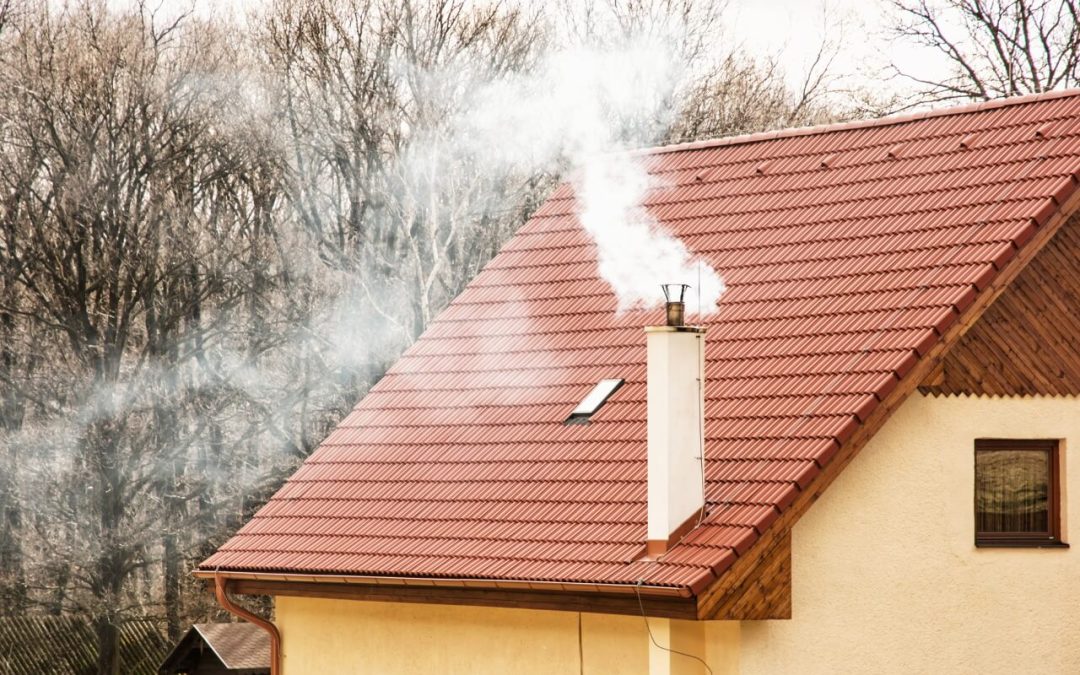Spending time with family in front of a roaring fire is one of the best parts of winter. However, those fun times can quickly turn hazardous without proper upkeep and chimney maintenance. Here are a few ways to keep your chimney safe and operational for decades.
Clean the Chimney
With use, creosote and soot build up inside the flue. Leaves, twigs, pine needles, and animal nests might also end up in your chimney. Regular cleaning is an essential part of chimney maintenance. Hire a professional chimney sweep for the job, or tackle it yourself. You’ll have to be willing to get your hands dirty and invest in basic supplies.
To clean the chimney on your own:
- Seal the front of the fireplace with plastic sheeting.
- Wear protective goggles, gloves, and a mask.
- Remove the chimney cap.
- Using the broadest chimney brush, start at the top and brush your way down.
- Allow the dust and debris you’ve brushed out to settle before removing the plastic sheeting.
- Use a smaller chimney brush to clean around the bottom of the chimney from inside the house.
- After the dust has settled, vacuum out the debris.
While the project is doable for eager DIY-ers, professionals have the tools and experience to get the job done faster. Have the chimney cleaned whenever the creosote is 1/8 of an inch thick or thicker or once a year as part of your chimney maintenance, whichever comes sooner.
Chimney Maintenance: Keep the Damper Working
The fireplace damper prevents drafts from entering the chimney when you aren’t using it and maintains proper ventilation inside the house when you use the fireplace. When your damper does not open fully, smoke and carbon monoxide cannot leave the house. If the damper doesn’t close, air from the outside will enter the house and create drafts that make you uncomfortable in the winter.
Use the Right Firewood
To reduce creosote build-up and the chance of a chimney fire, purchase the right kind of firewood. Seasoned hardwood, like oak, locust, and maple, is the best for burning. Test your firewood with a moisture meter to verify the moisture content is below 20%. Softwoods, including pine, have more moisture and create more creosote build-up.
Schedule an Inspection for Chimney Maintenance
The average homeowner does not have the tools or expertise to complete a chimney inspection, so hiring a professional is the best idea. Before you start planning chimney maintenance, schedule an inspection. The inspector will point out problems and concerns and provide a list of necessary repairs. With this information, you can create a budget and plan for repairs to take better care of the fireplace and chimney.
Peconic Home Inspections offers inspections to customers on Long Island. If you’re buying or selling a home, contact us to request our services.

